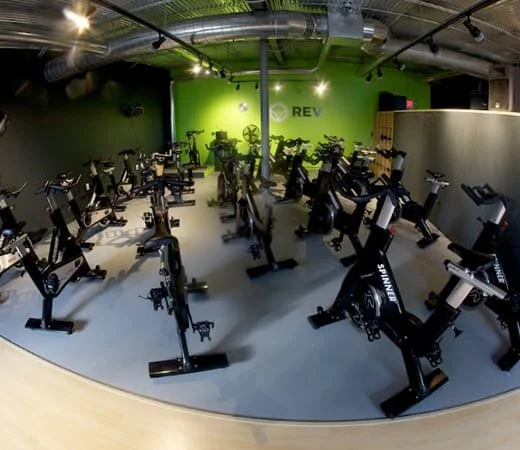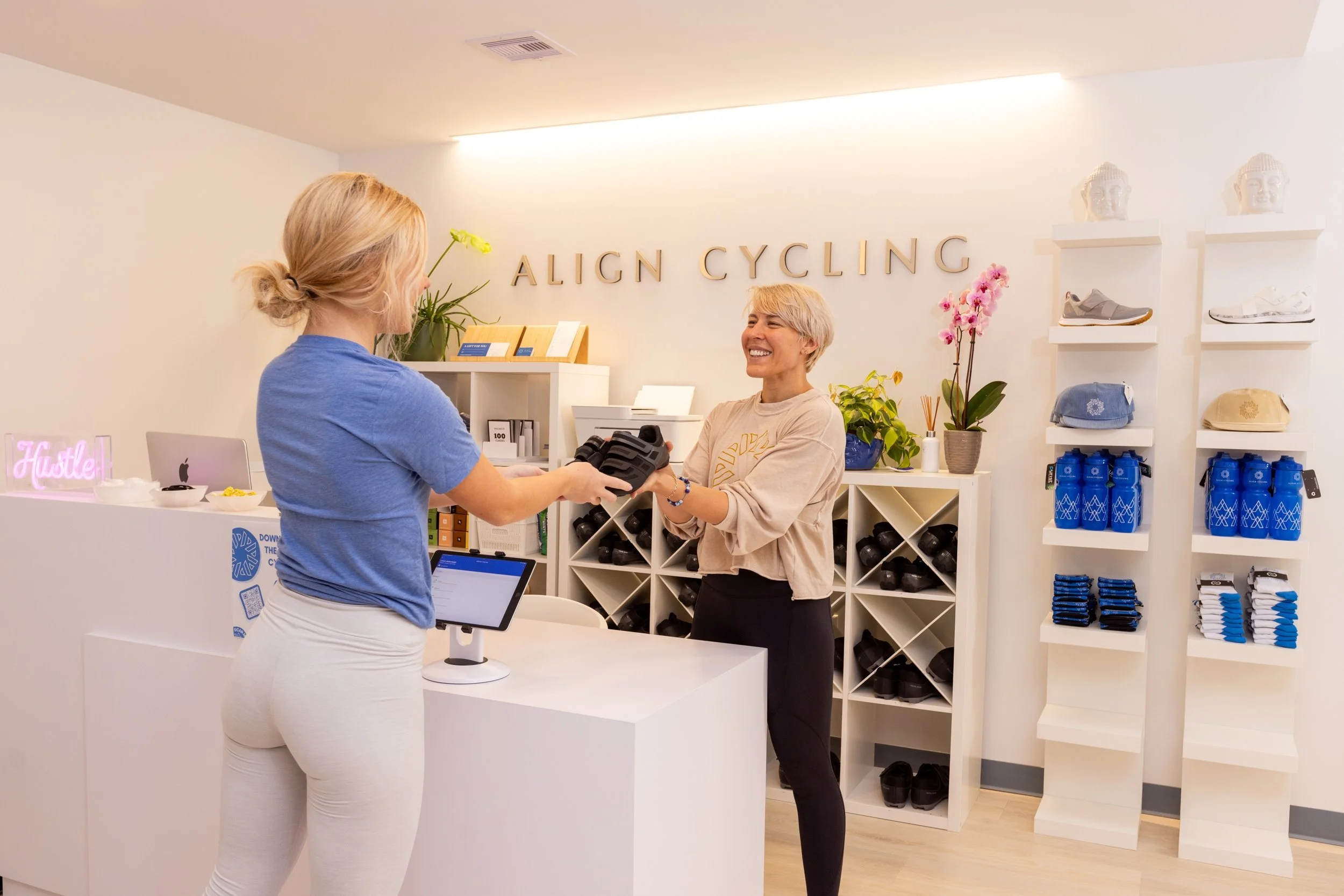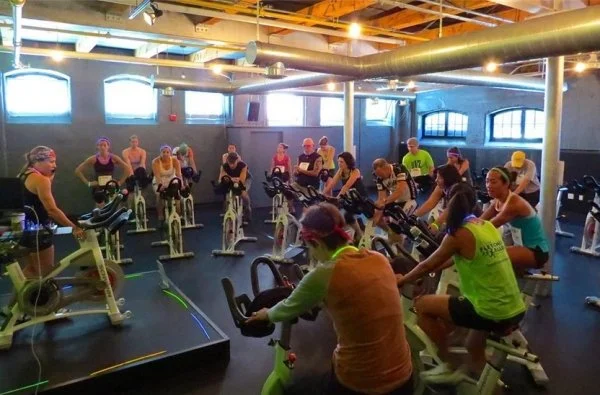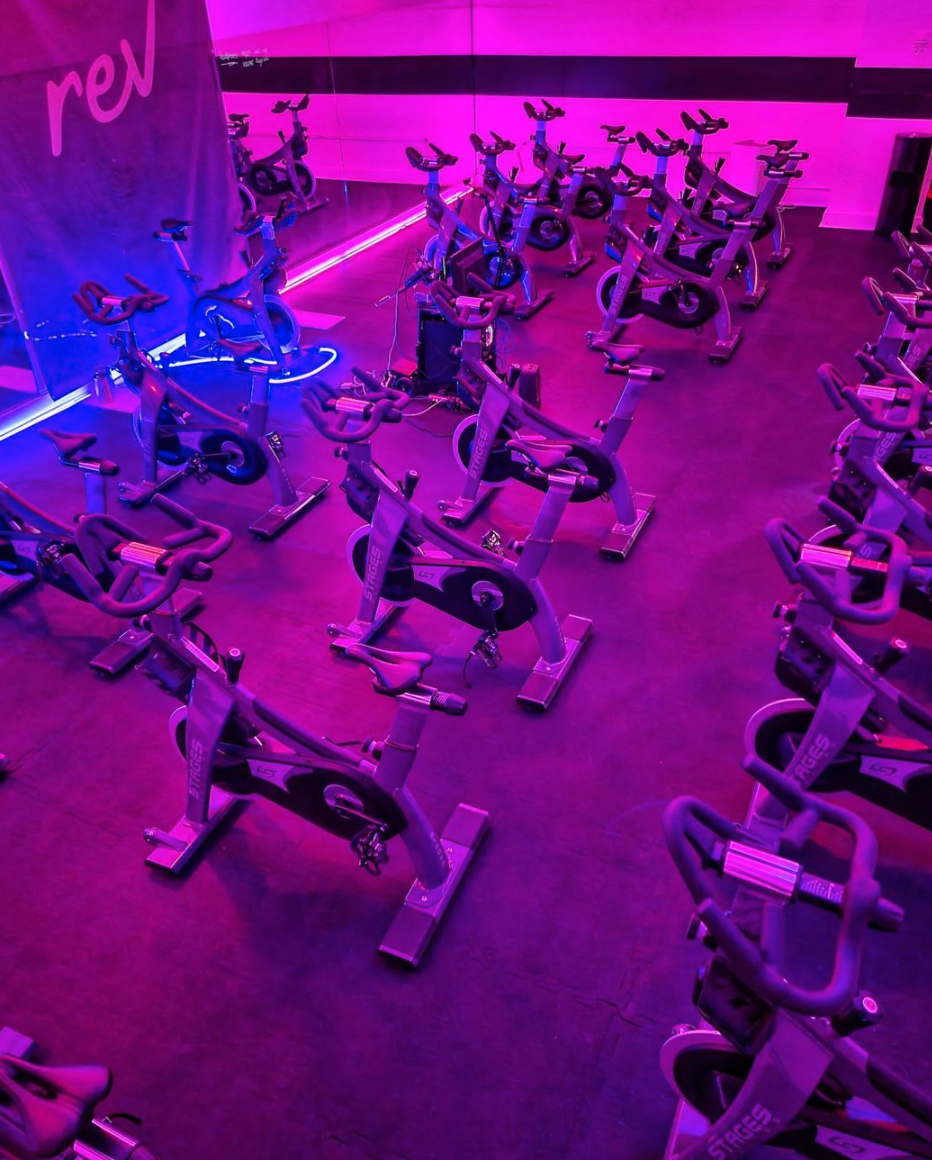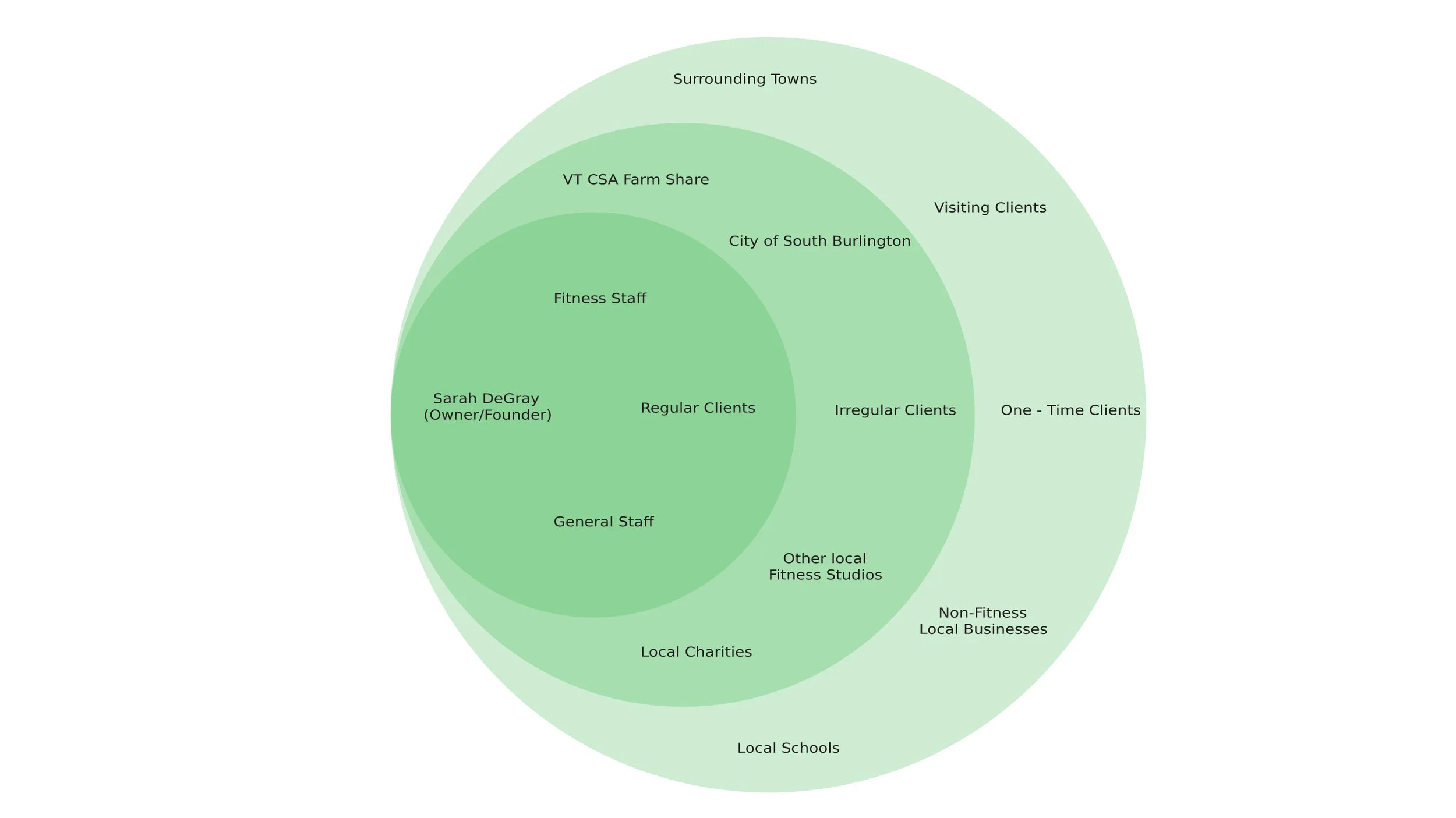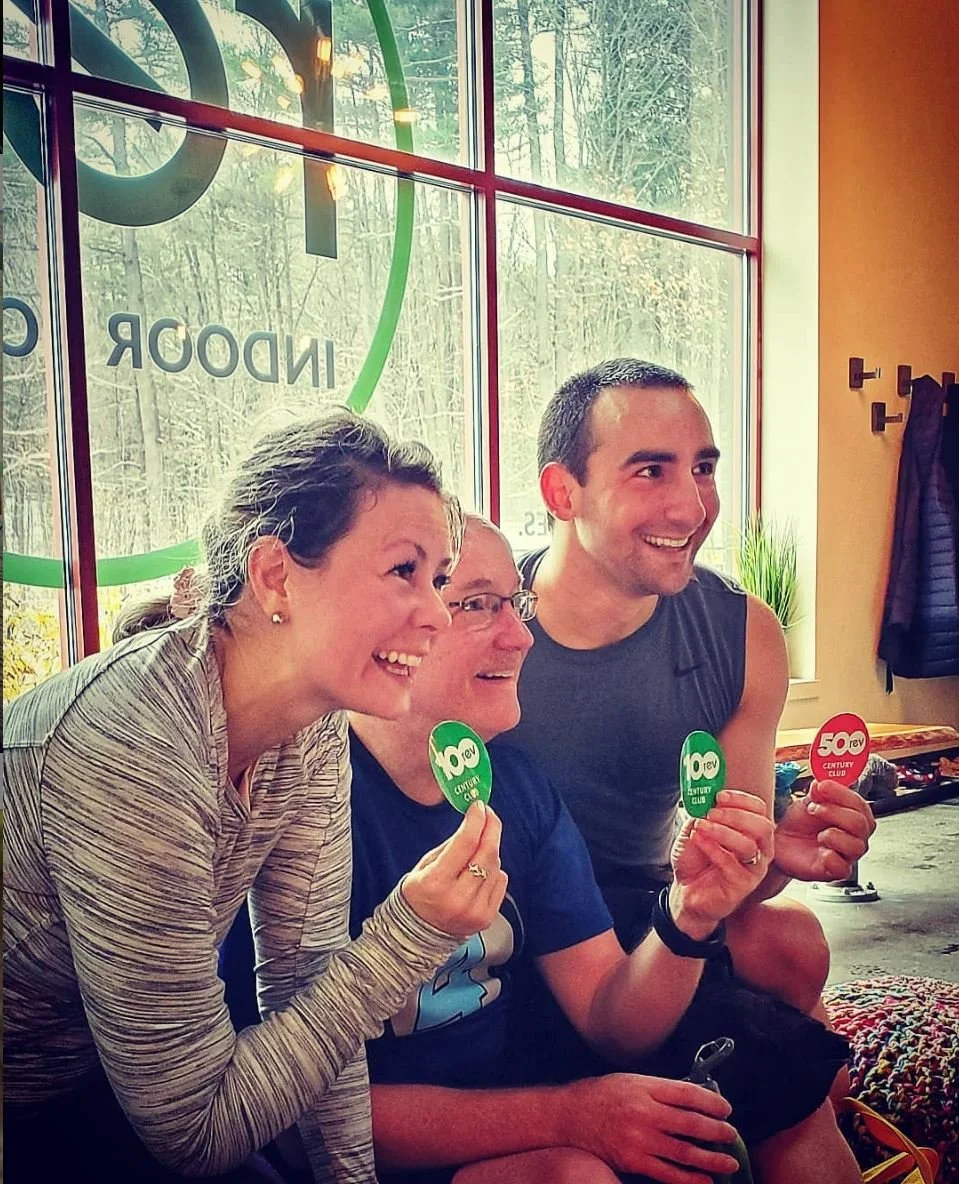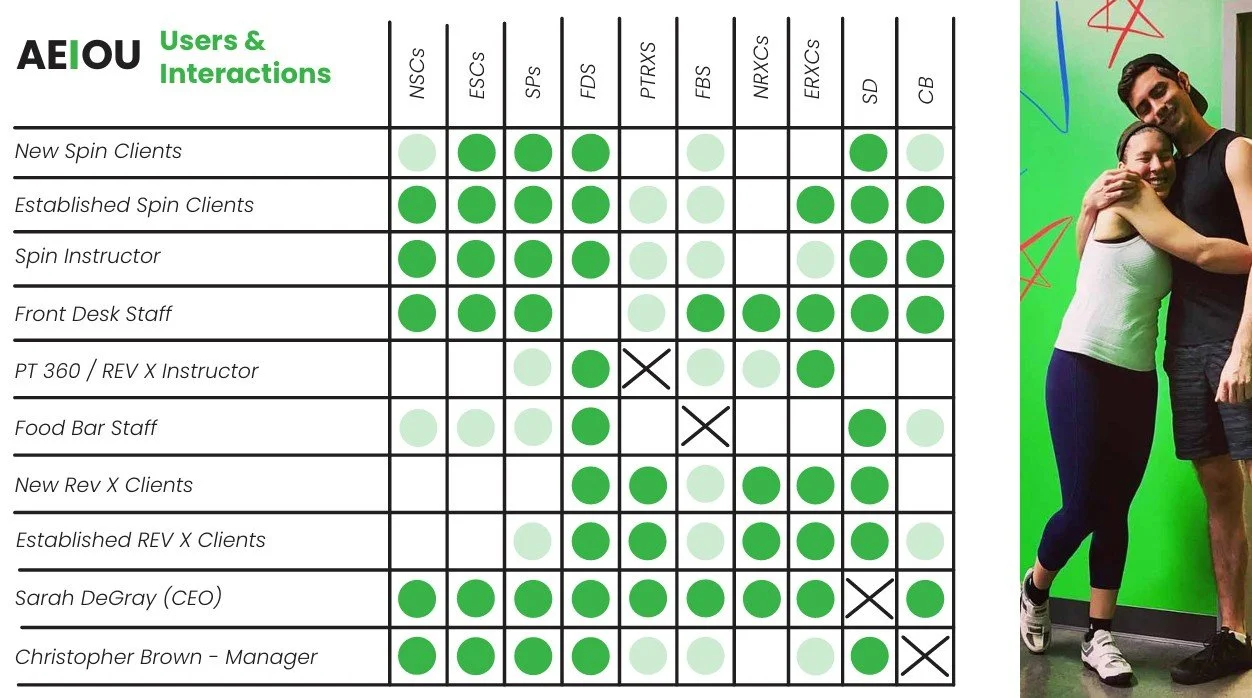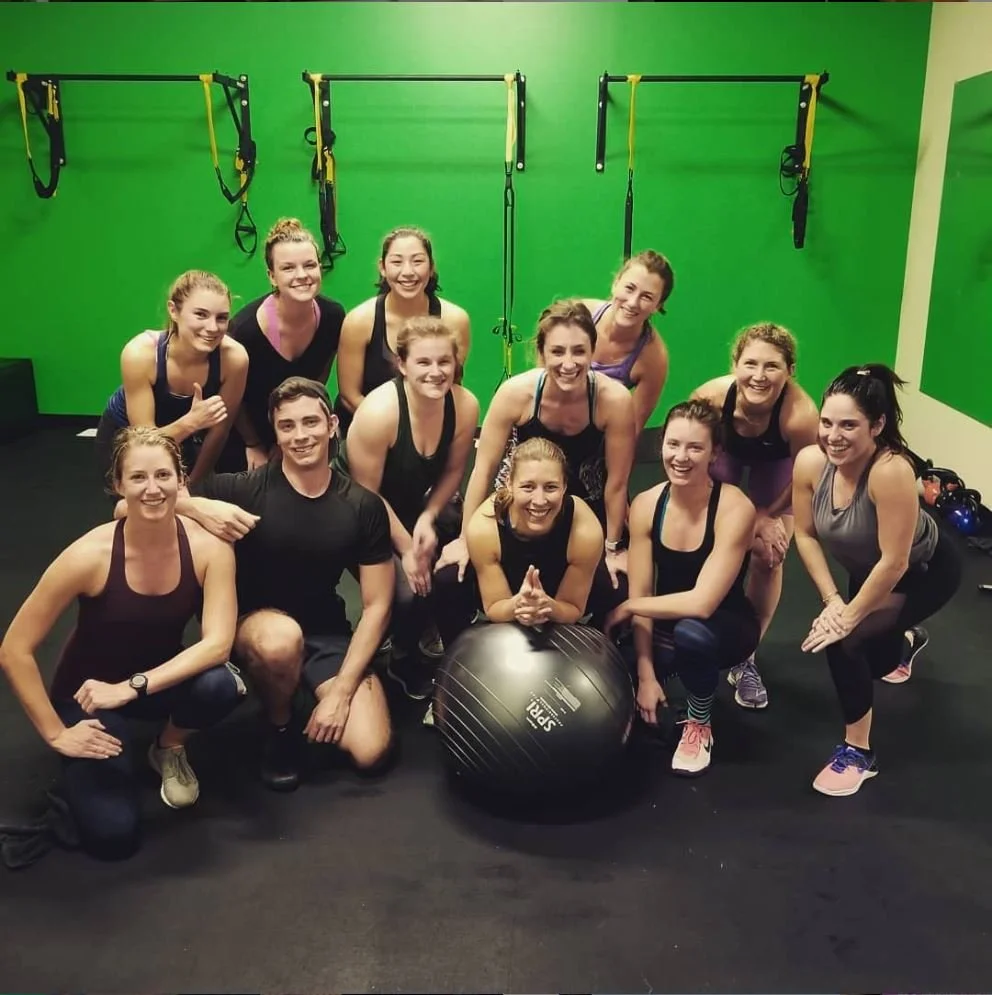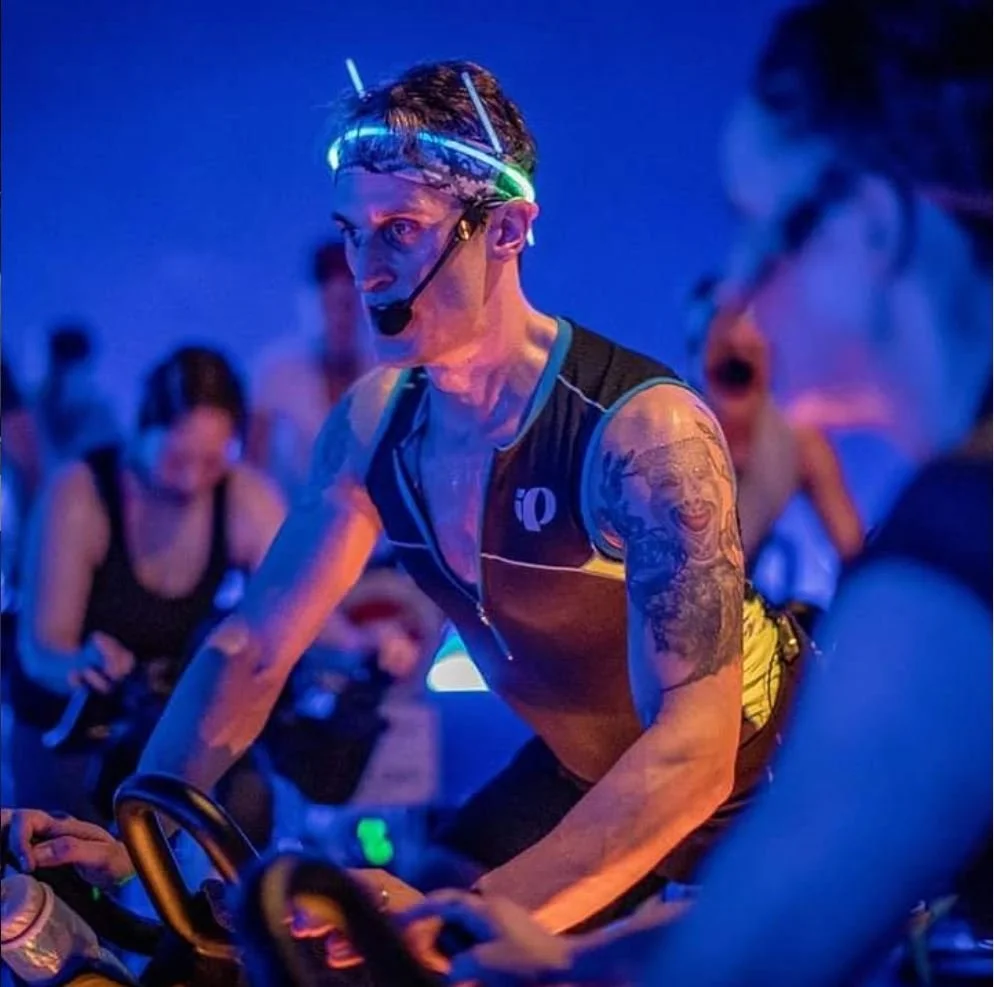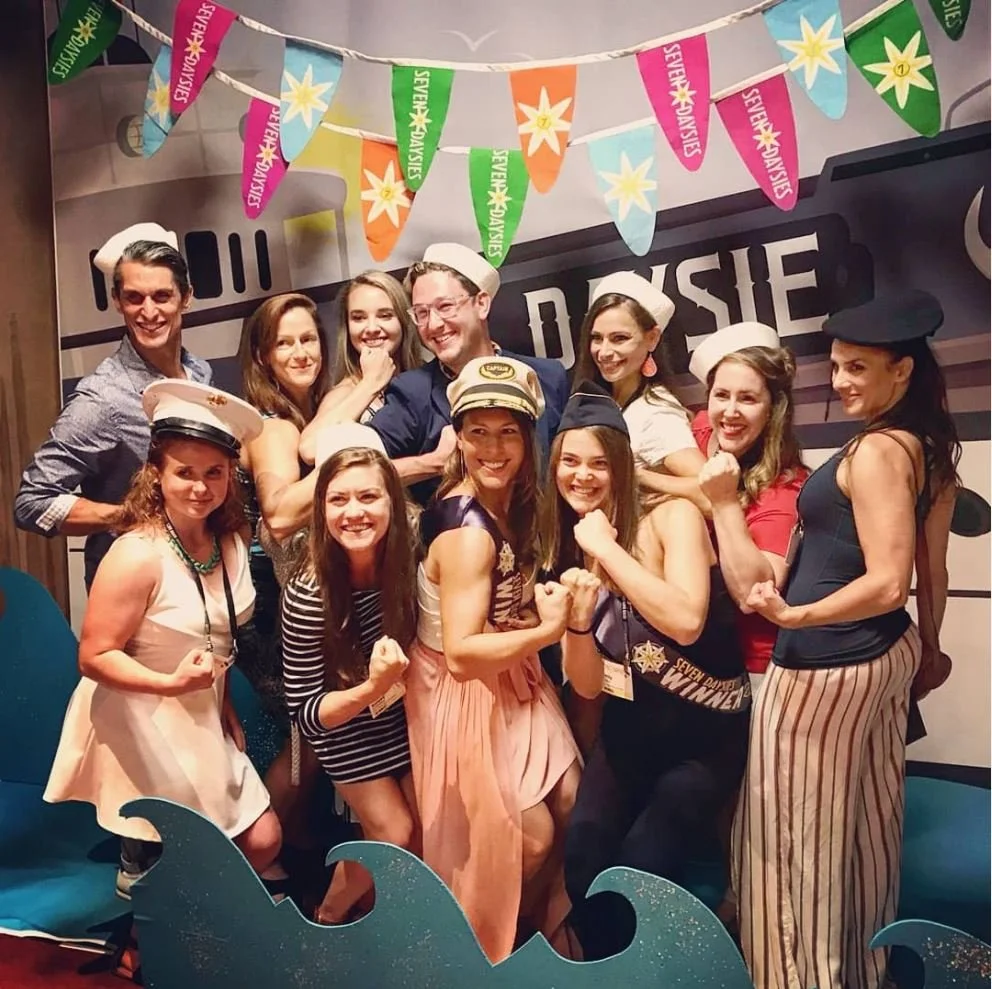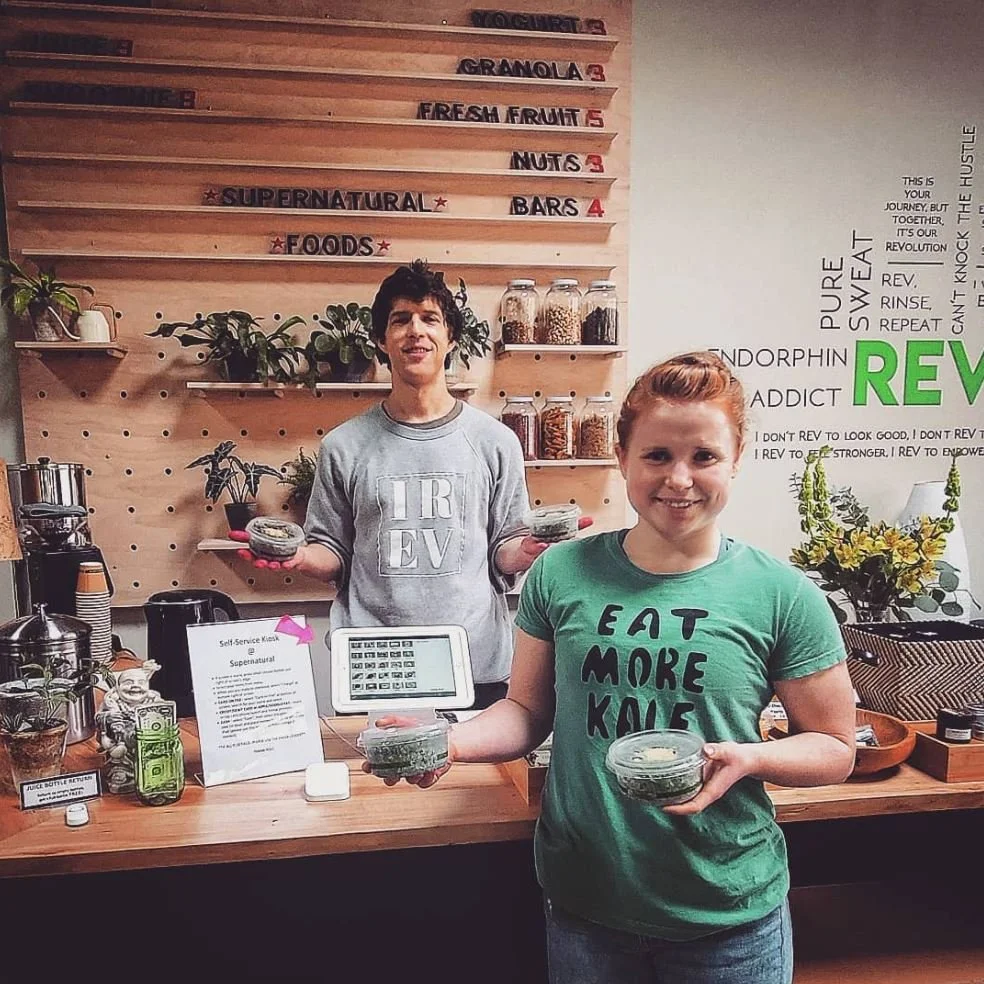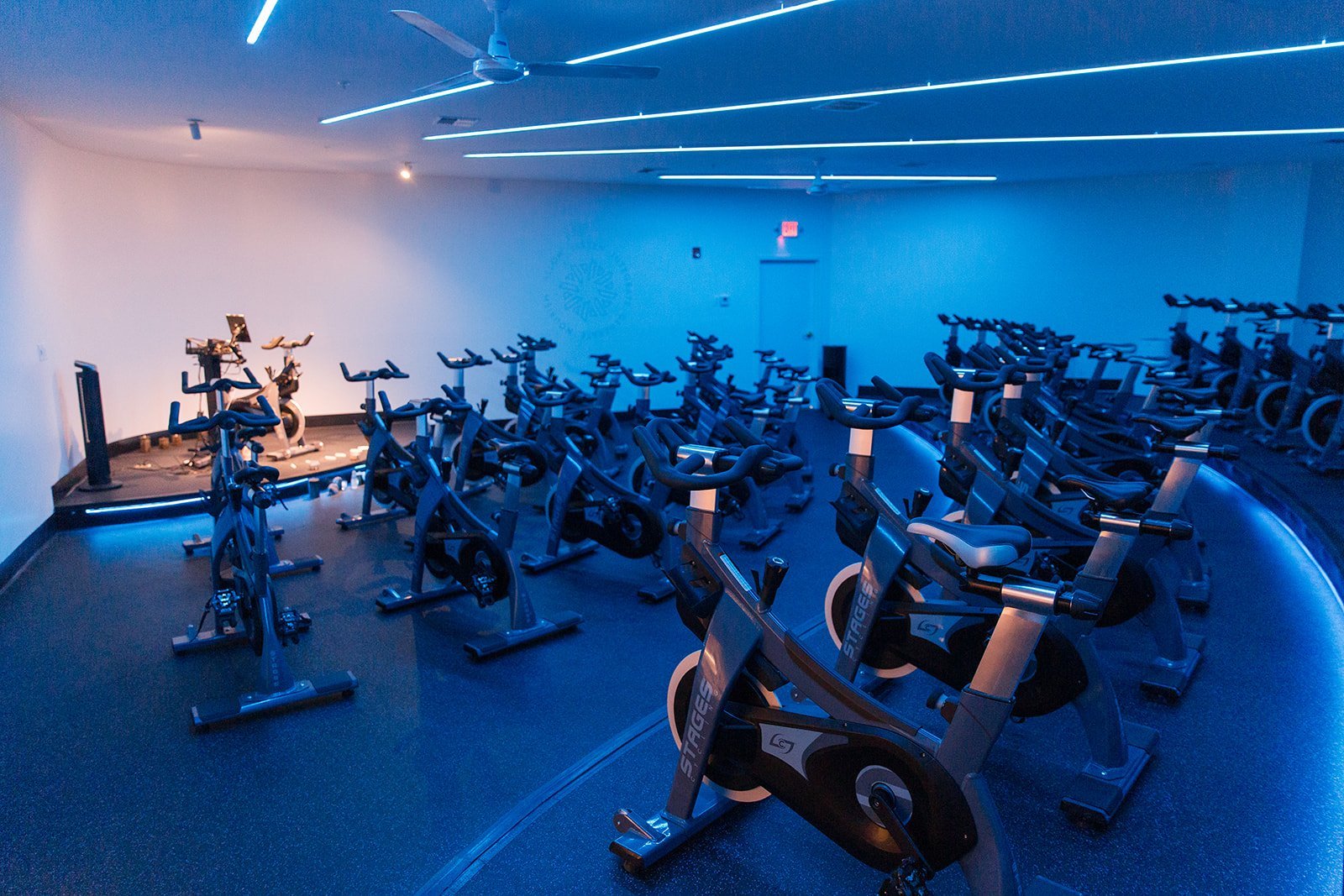
REV Indoor - Align Cycling
Brand Evolution:
REV Indoor to Align Cycling
A Three-Year Journey in Strategic Brand Evolution
My Evolving Role: From Community to Strategy
What began as a brand ambassador relationship with REV Indoor evolved into one of the most comprehensive strategic design projects of my career. Over three years, my role transformed alongside the business itself—from passionate community member to analytical business consultant to lead creative strategist.
2020: Brand Ambassador & Community Insider
As a dedicated REV Indoor member and unofficial brand advocate, I experienced firsthand both the power and limitations of their hyper-focused cycling community. This insider perspective revealed critical insights that traditional external consultants might have missed: the delicate balance between community strength and growth barriers, the untapped potential in member relationships, and the genuine care for holistic wellness that existed beneath the performance-driven surface.
2021: Business Analyst & Strategic Researcher
When growth challenges emerged, I transitioned into a research and analysis role, conducting stakeholder interviews, observational studies, and competitive analysis. Using frameworks like AEIOU methodology and SSWOT analysis, I uncovered the systemic business model limitations that were constraining REV's evolution. This phase taught me how to translate community insights into business intelligence and strategic recommendations.
2022-2023: Creative Strategist & Implementation Lead
As the rebrand took shape, I became the primary creative strategist, developing the comprehensive brand evolution from REV Indoor to Align Cycling. This role demanded synthesizing business strategy, community psychology, and design thinking into a cohesive transformation that preserved what members loved while opening new growth pathways.
Client
Sarah DeGray [Founder & CEO]
Year
2020-2023
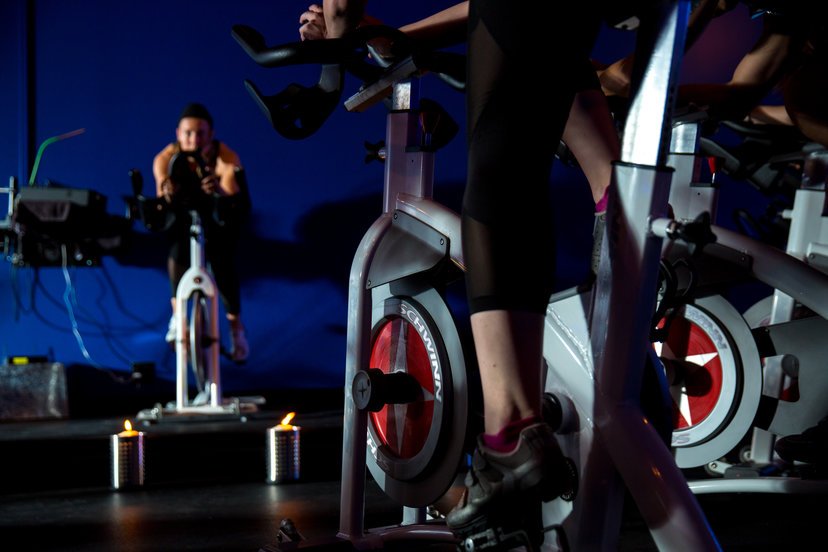
REV Indoor Cycling
How It Began
Sarah DeGray founded REV Indoor in a modest basement retail space, driven by a simple yet powerful vision: to create the fitness studio she had always searched for but never found. Starting with basic equipment and an authentic passion for community-driven cycling, Sarah built REV from the ground up as a response to the impersonal, corporate fitness experiences that dominated the market. Her grassroots approach fostered the tight-knit, performance-focused community that would become REV's defining characteristic and greatest asset.
As a dedicated REV Indoor member, I was brought on to lead the studio's initial brand unification and evolution, leveraging my insider understanding of the community alongside my design expertise. My role focused on developing cohesive graphic language, refining marketing communications, and creating branded apparel that authentically represented the REV experience. This client-to-consultant transition provided unique insight into both the member perspective and business needs, establishing the foundation for what would become a comprehensive three-year strategic transformation.
Evolving the Branding
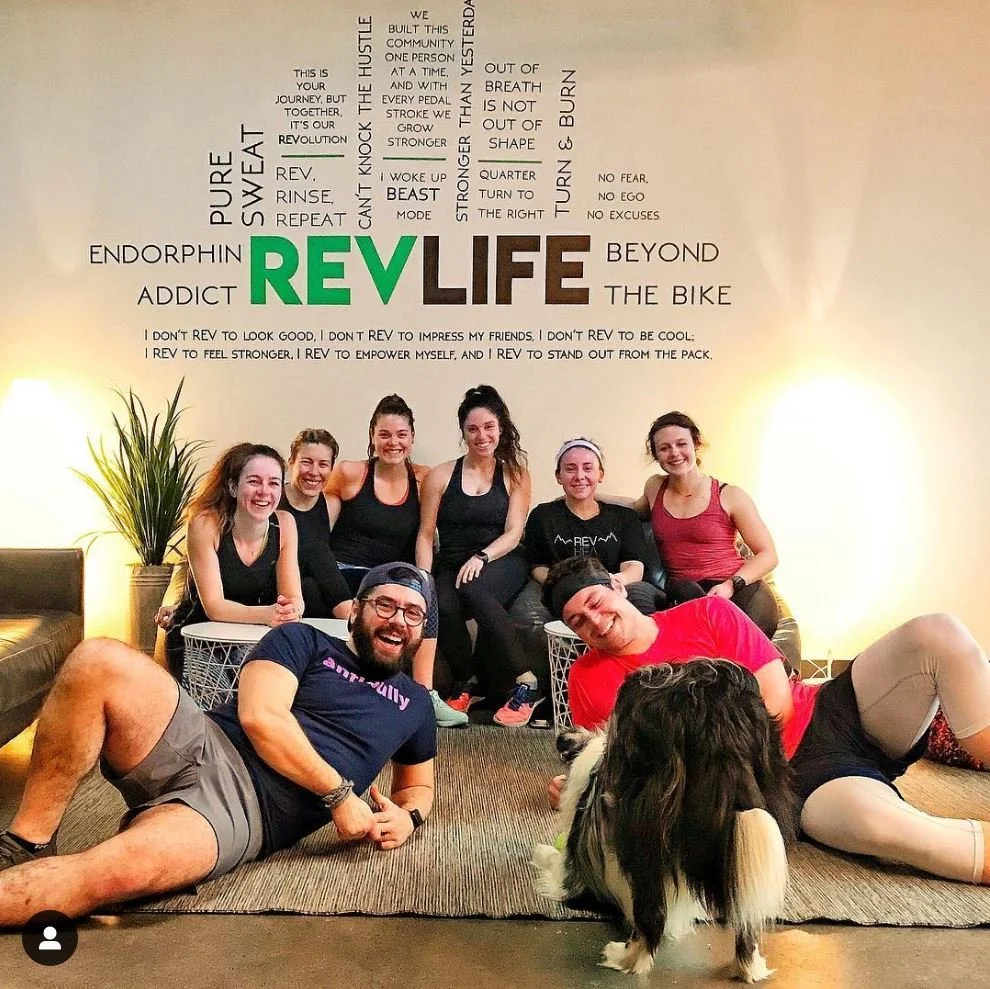

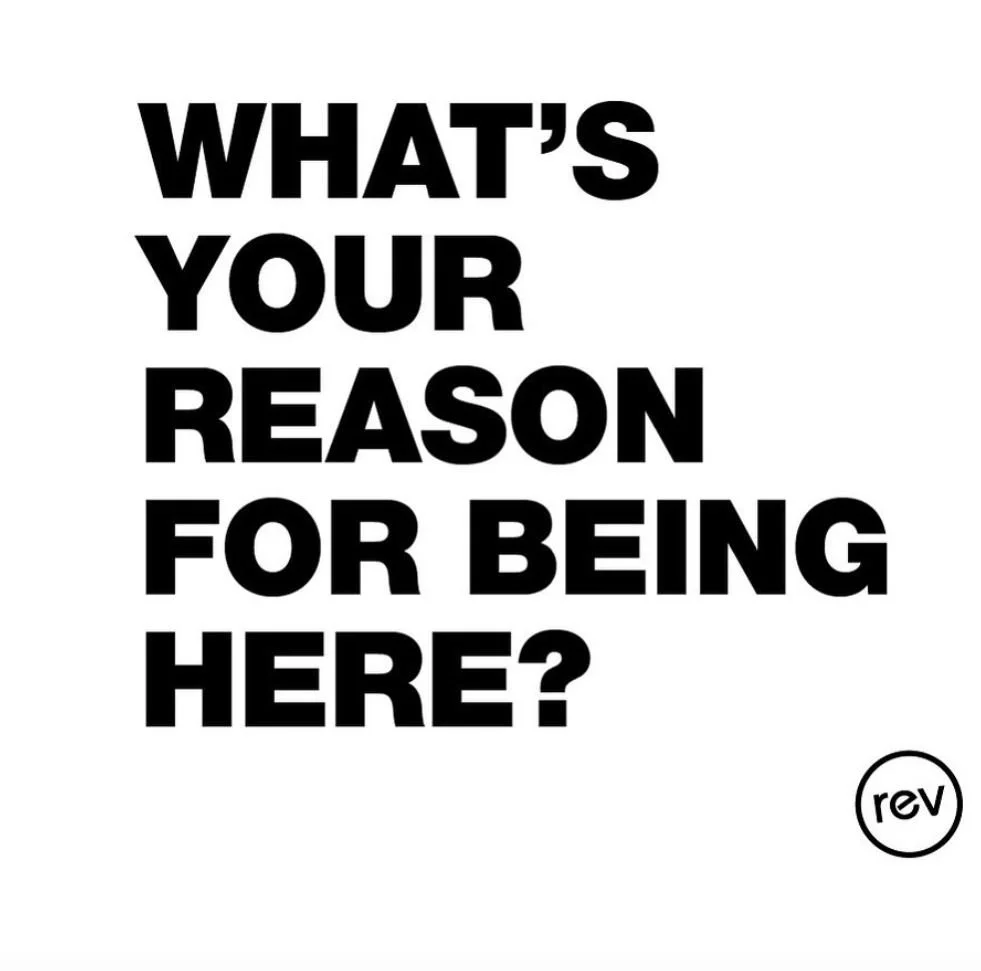
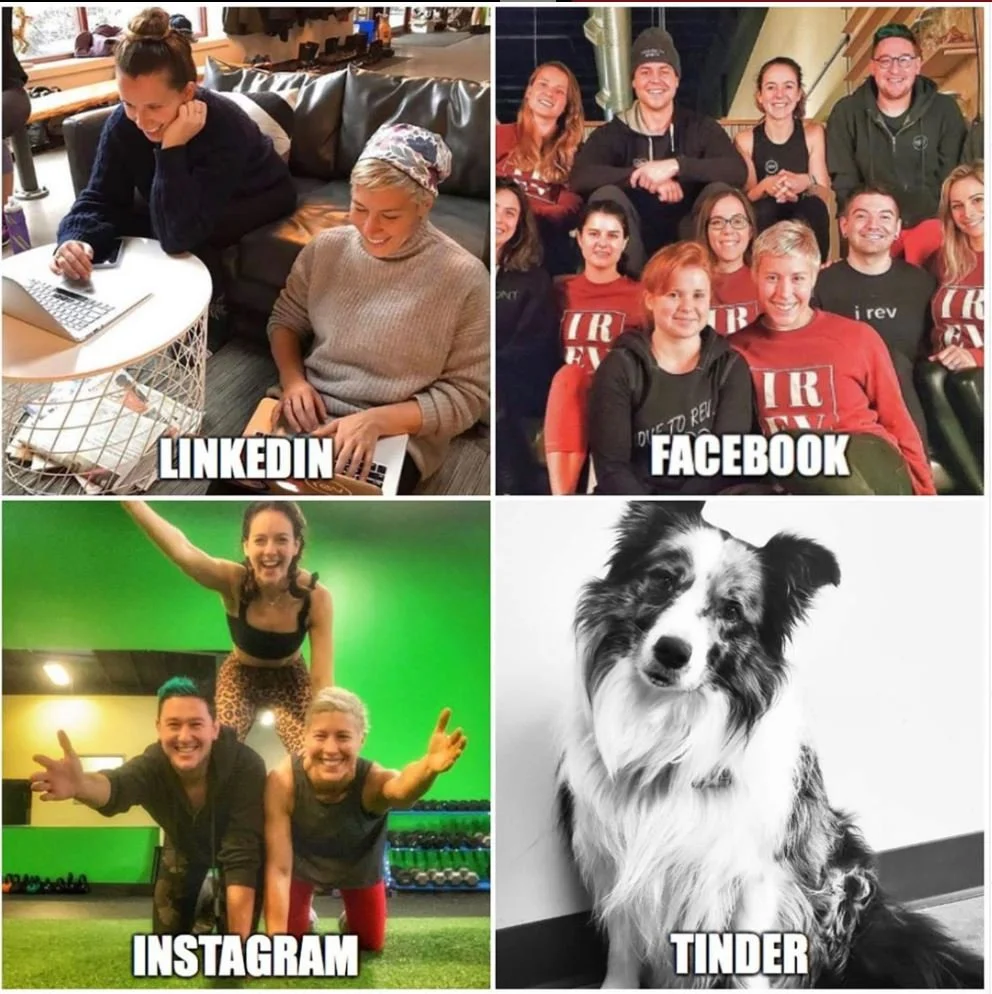
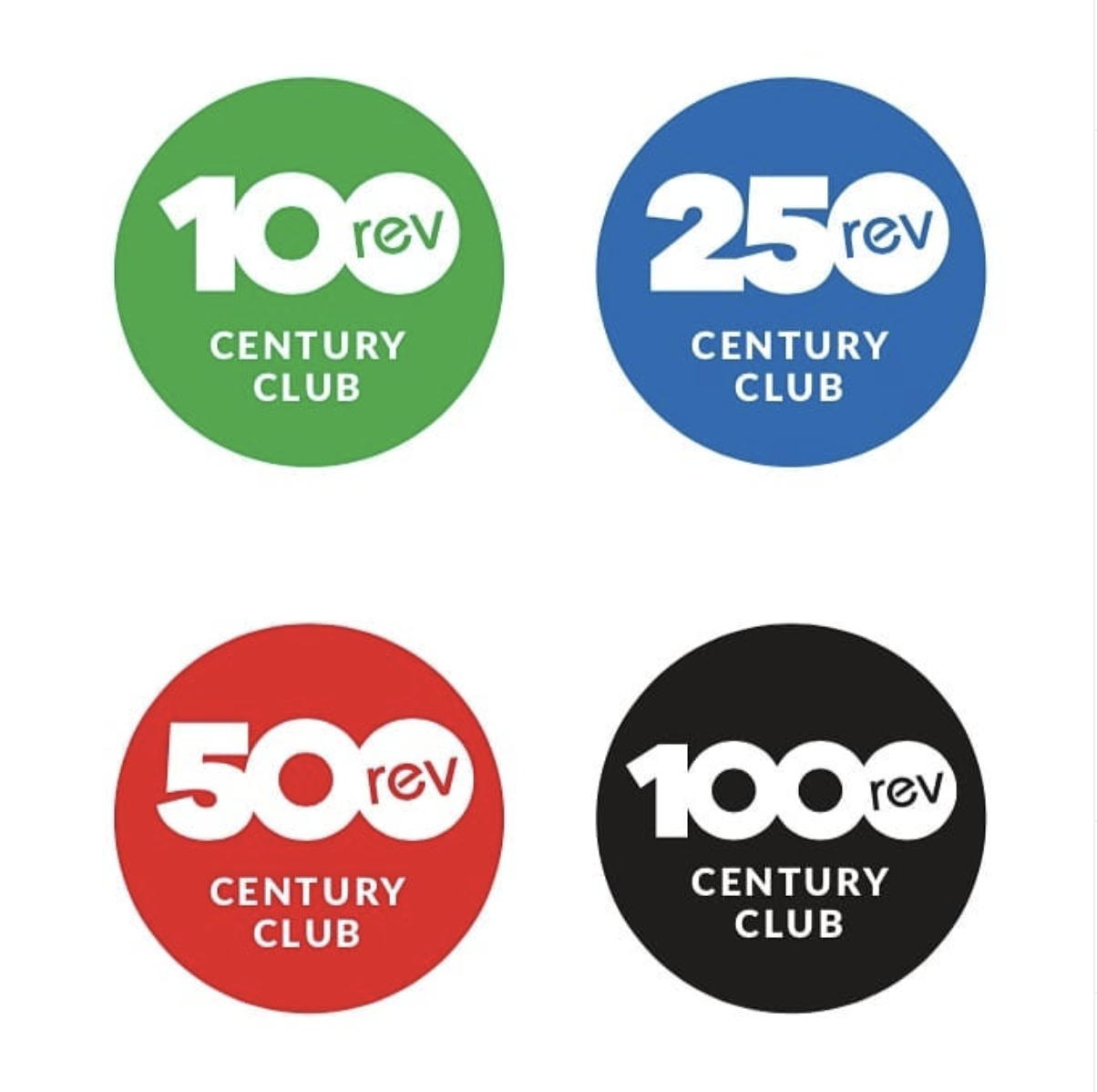
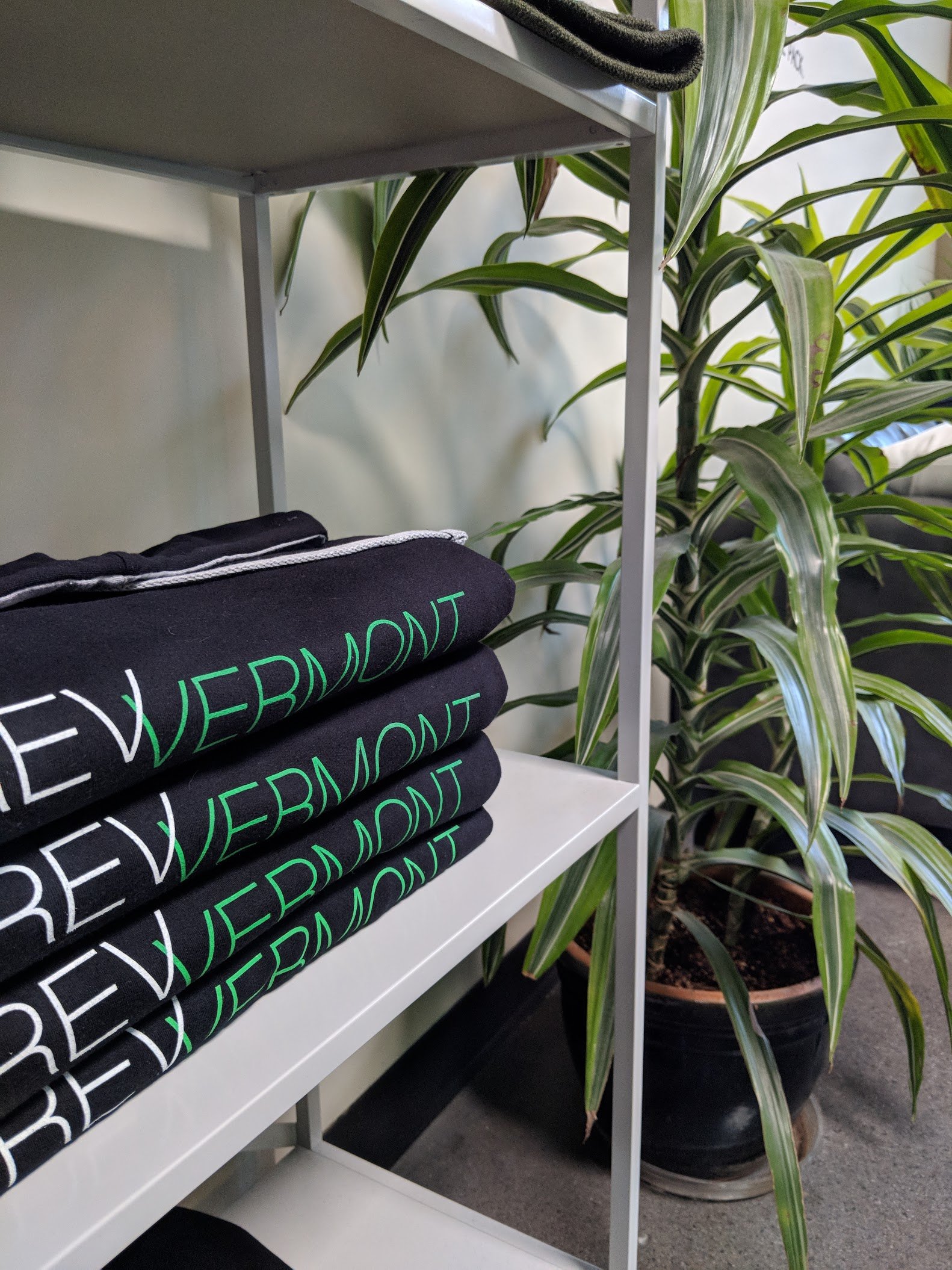
I developed REV's initial branded apparel line and established a strategic partnership with Lululemon, positioning Sarah as a Sweat Collective ambassador to enhance the studio's credibility and member benefits. This early retail strategy demonstrated how authentic brand partnerships could strengthen community value while generating additional revenue streams.
Strategic Research Direction
Before any design solutions could be developed, I conducted comprehensive business analysis to understand REV Indoor's operational dynamics, stakeholder relationships, and market position. This foundational research phase established the strategic baseline that would inform all subsequent transformation decisions.
AEIOU Stakeholder Mapping
Through systematic observation and interaction analysis, I mapped the complex web of relationships between REV's diverse stakeholders—from new spin clients navigating intimidating high-performance environments to established members driving community culture. This framework revealed critical insight: while Sarah DeGray (CEO) maintained strong connections across all stakeholder groups, the business suffered from over-centralized decision-making that limited instructor empowerment and scalable growth.
Key Finding: The strength of personal relationships was simultaneously REV's competitive advantage and operational constraint.
Community Ecosystem Analysis
The concentric stakeholder mapping illuminated REV's position within South Burlington's broader wellness ecosystem, revealing untapped partnership opportunities with local charities, schools, and complementary businesses. This analysis demonstrated that REV's community influence extended far beyond fitness, suggesting potential for expanded wellness positioning.
Strategic Insight: REV's authentic community integration created a foundation for sustainable local market leadership.
sSWOT Strategic Assessment
The Sustainable SWOT analysis uncovered the fundamental tension driving REV's need for evolution: their user-facing strategy and inclusive approach represented core strengths, but structural weaknesses in metrics, governance, and service diversification threatened long-term sustainability. The analysis identified "wellness expansion" and "virtual offerings" as critical opportunities to address competitive threats from corporate fitness chains.
Business Case: Transformation was not just about growth—it was about survival in an increasingly competitive wellness market.
Re-evaluating sSWOT Analysis
The Wake of COVID-19
The COVID-19 pandemic dramatically accelerated the urgency of this analysis, as fitness studios faced unprecedented challenges that exposed the vulnerabilities identified in our sSWOT assessment. What began as growth-focused research became essential crisis navigation, validating the need for business model diversification and community resilience strategies. These foundational business elements provided the strategic framework that enabled informed decision-making throughout the REV-to-Align transformation. By understanding the business ecosystem holistically, design solutions could address root causes rather than surface symptoms, ensuring sustainable change that preserves community strengths while resolving operational limitations.
This comprehensive business analysis phase demonstrates how strategic design begins with deep systems thinking, not visual concepts.
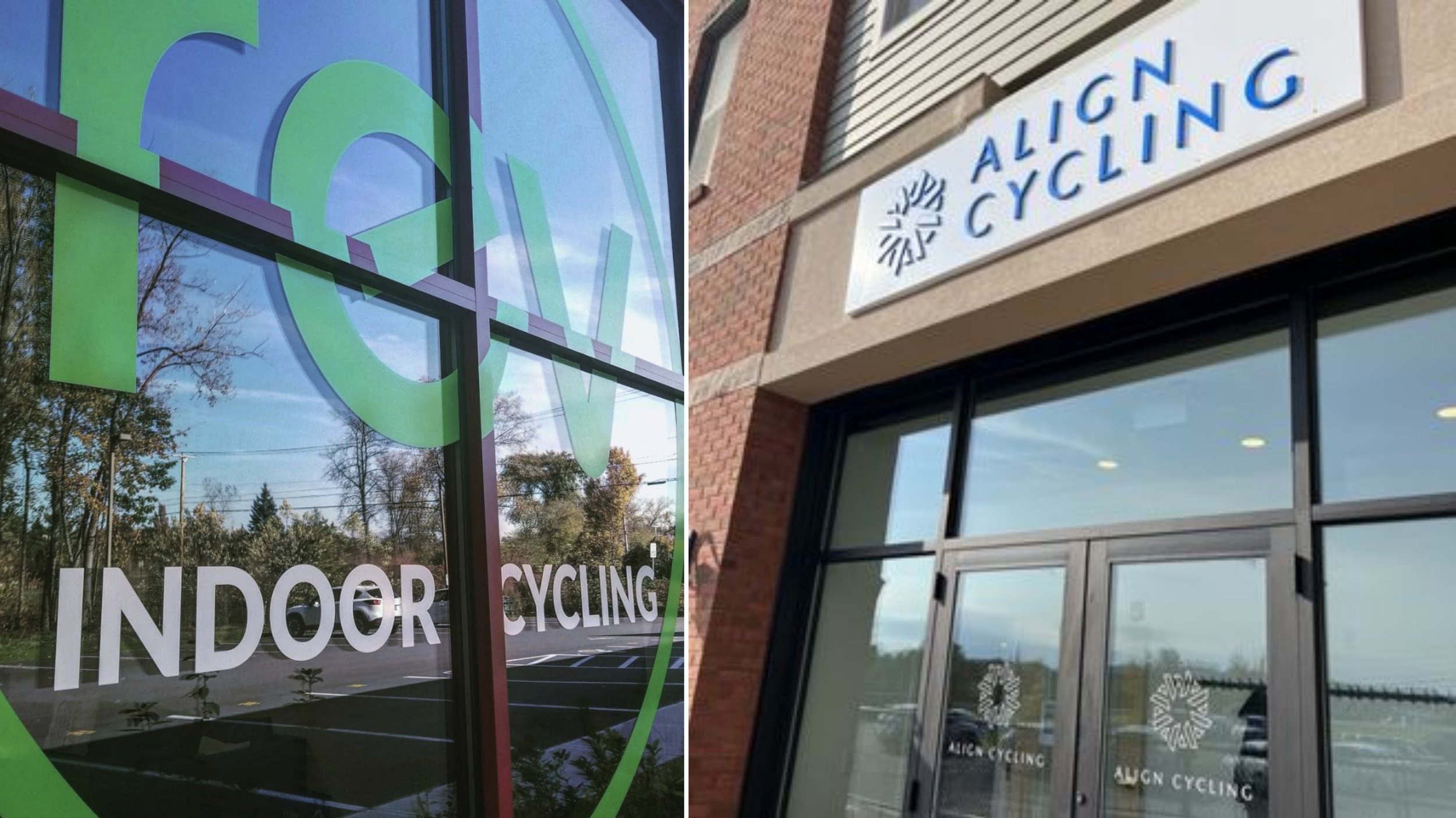
REV Indoor — Align Cycling
Transitioning the Brand
Looking Toward the Horizon
The Three Horizons model was essential for managing the complex transition from REV to Align, ensuring we protected existing community value while building new capabilities and creating sustainable growth opportunities across multiple timeframes.
The Triple Diamond Approach
The extended triple diamond process ensured every strategic decision was grounded in deep community research, validated through stakeholder testing, and implemented with careful change management to achieve authentic transformation.


